When it comes to decorating my home, one of the steps I enjoy the most is selecting textiles. There are numerous surfaces that allow me to incorporate color, pattern and texture with fabric and other textiles. Some examples are upholstery, pillows, seat covers, bedding, blankets, quilts, shades, curtains, tablecloths, runners, towels, rugs and mats. The best part is the countless options from which to choose. Whether I shop for ready-made or create my own, this is the perfect opportunity to add personality to our home.
In my previous post, Color Palette by Mother Nature, I shared the idea of looking to nature for color inspiration. Today, I’d like to take a similar approach with patterns. We’ll look at several different types of patterns including animal prints, stripes, floral, foliage, geometric and abstracts… all courtesy of Mother Nature. A pattern is defined as a discernible regularity where elements repeat in a predictable manner. In the world of interior design and decorating, pattern is used to foster cohesiveness and add interest. Typically, patterns work closely with color and shape to add continuity to a living space.
Let’s begin with the popular pattern category of animal prints. I’ll share a few of my all-time favorite photos taken while on safari in South Africa to illustrate these splendid patterns. This beautiful leopard had the perfect lookout perch. There’s much to say about this photo (see More Info below) but we’ll just admire those gorgeous leopard spots for today.
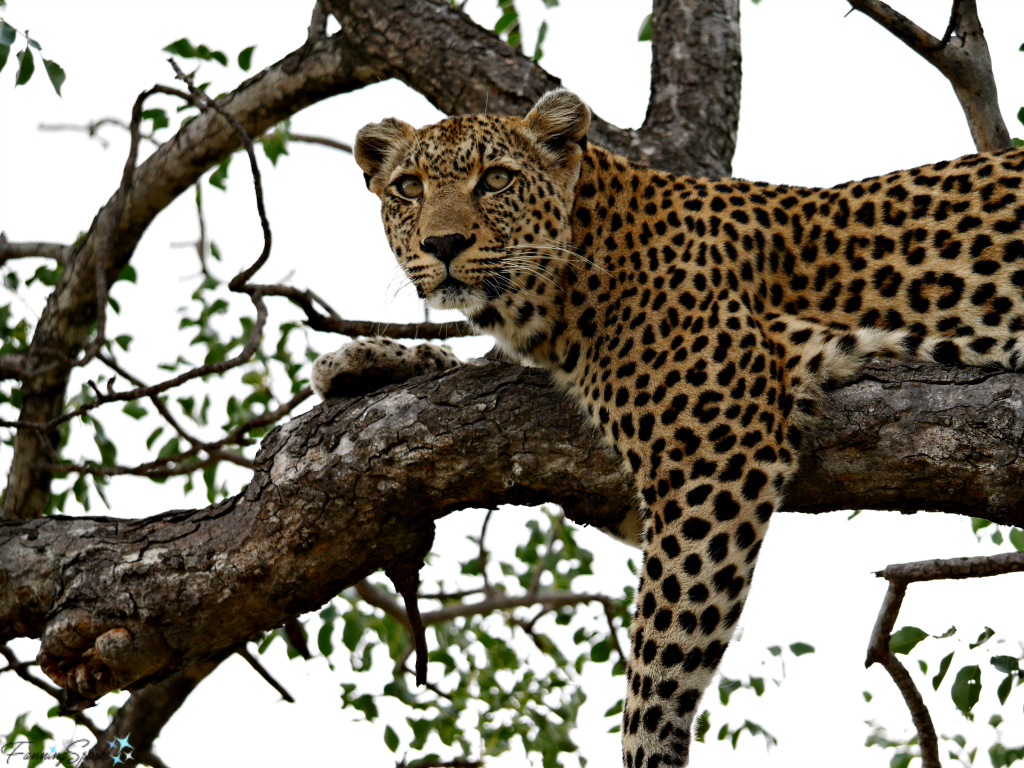
Watching the elegant giraffe lean over to drink is an unforgettable experience. The giraffe’s spots are another outstanding example of an animal pattern.
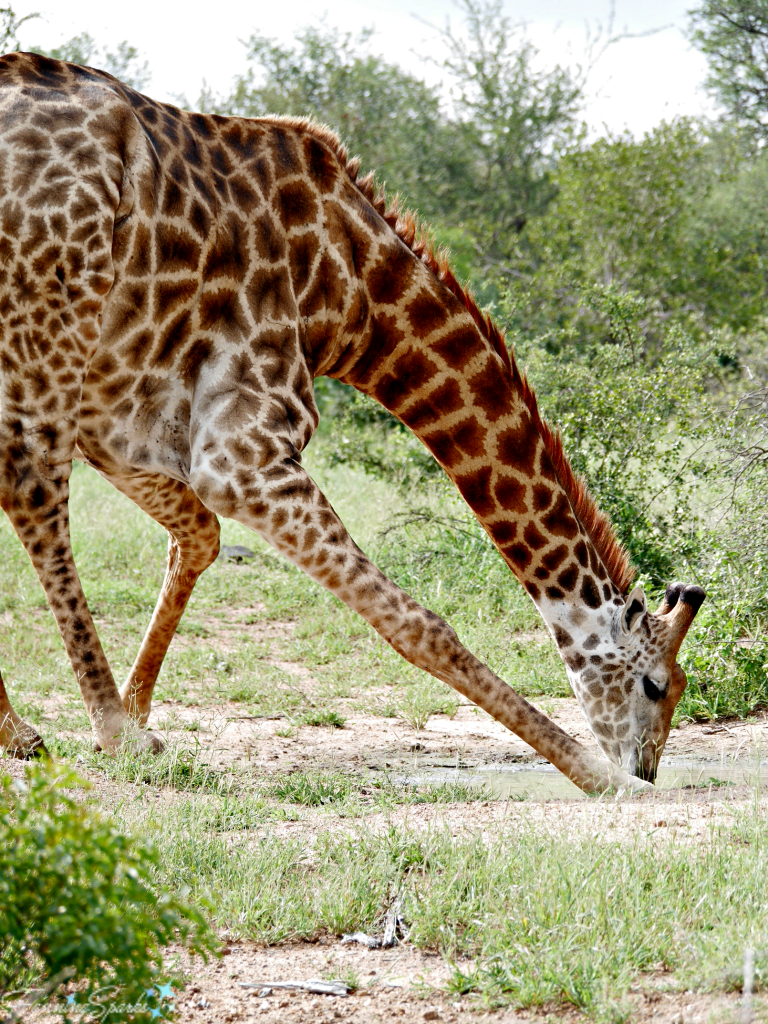
Stripes are a classic pattern. The zebra’s distinctive black and white stripes are the perfect illustration.

While not nearly as dramatic, this birch bark is another example of the beauty of stripes.
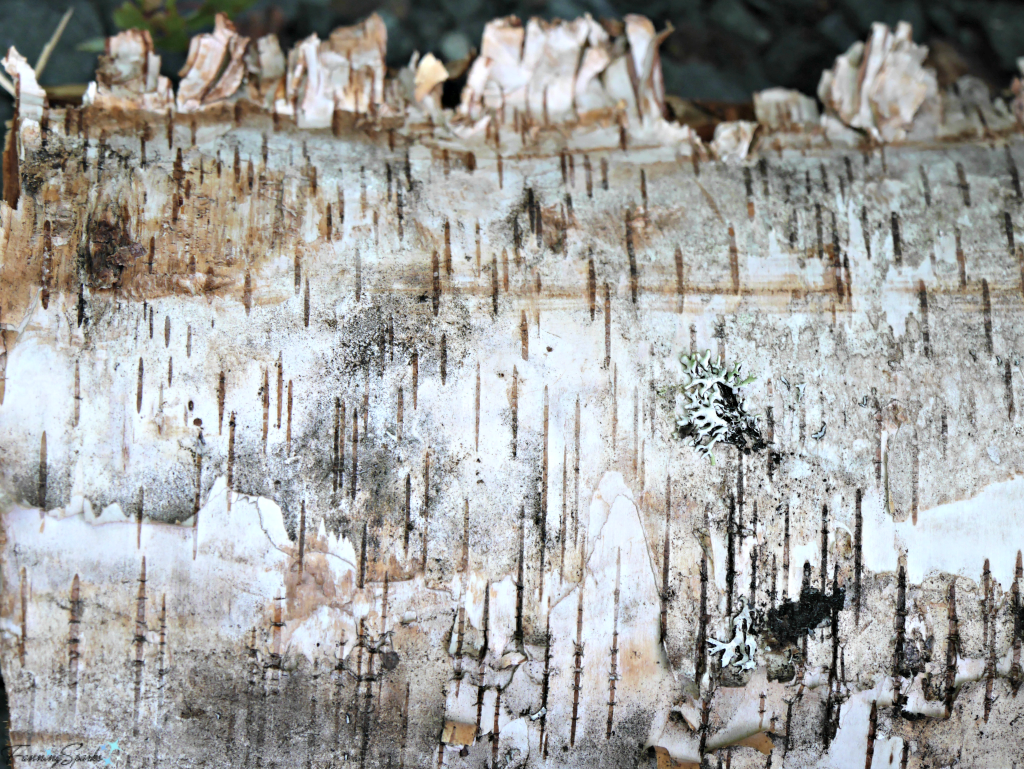
Florals are beloved patterns in surface design. These purple coneflowers repeat to create a lovely floral pattern.
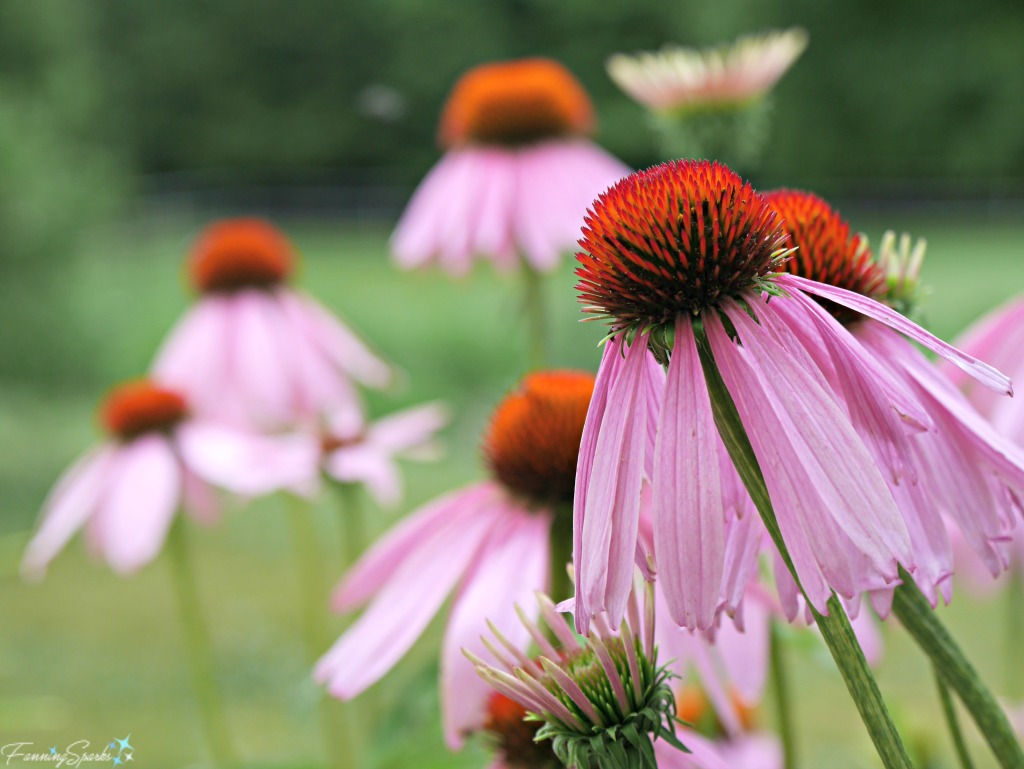
Here a single bearded iris bloom showcases a subtle mix of branching patterns.
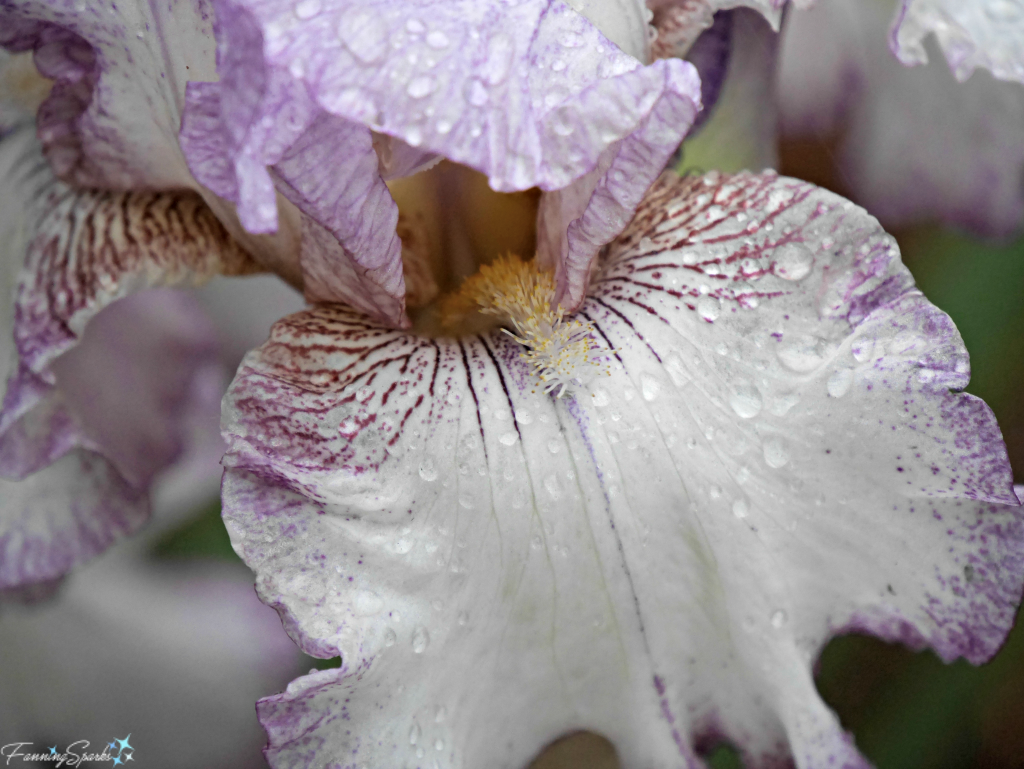
Foliage inspires another category of patterns. Ferns and succulents, in particular, are very much in vogue. Here a graceful fern casts intriguing shadows on the moss covered ground.

In this close-up, the veins of a hosta leaf illustrate a pleasing branching pattern.

Here’s another example of a foliage pattern. The distinctive branching pattern, repetition of the curly edging and the bumpy leaf structure all combine to transform the lowly cabbage into a thing of beauty.
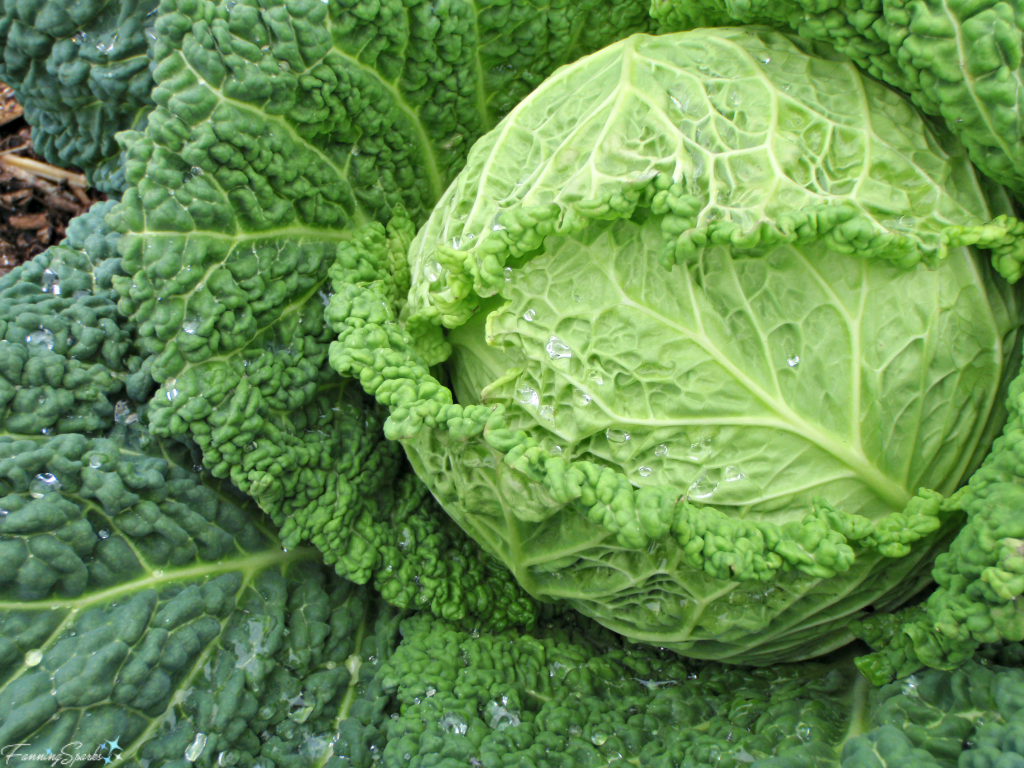
Often the repetition of a simple shape forms a pattern. These shapes can be geometric or organic. Here the simple oblong shape of a catkin repeats to form a handsome geometric pattern.
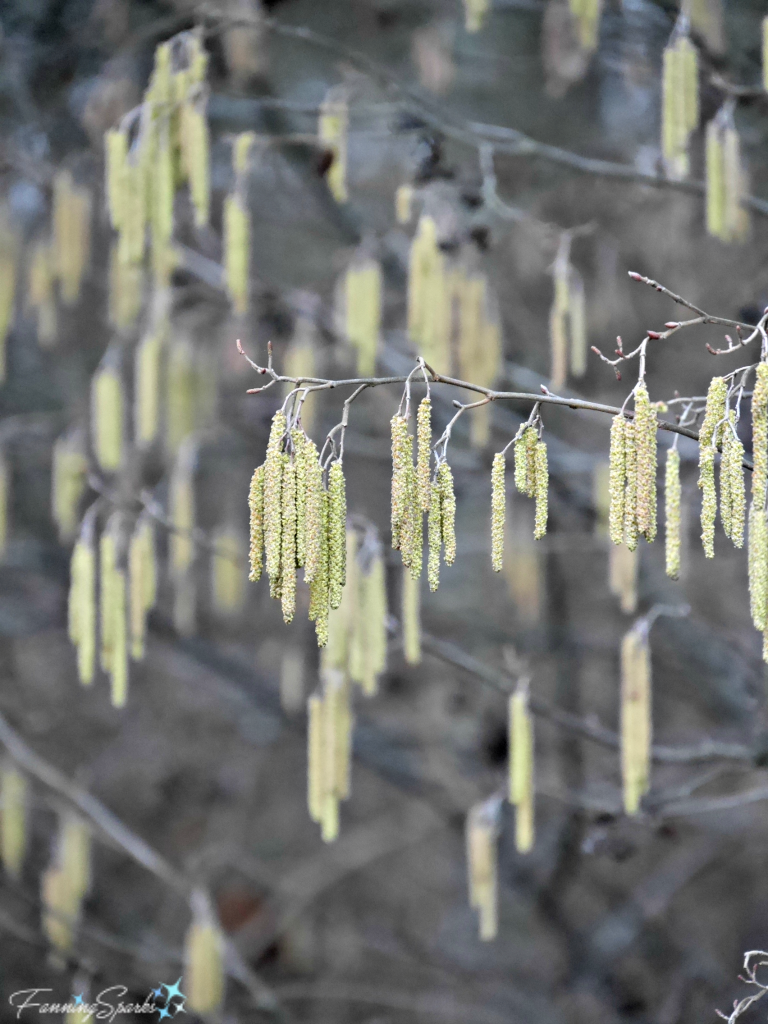
The disk florets in the center of this sunflower create an intricate geometric pattern. The repetition of the flower petals (more correctly the ray florets) provide another lovely pattern. I love how that one little wayward petal disrupts the pattern and shakes things up!
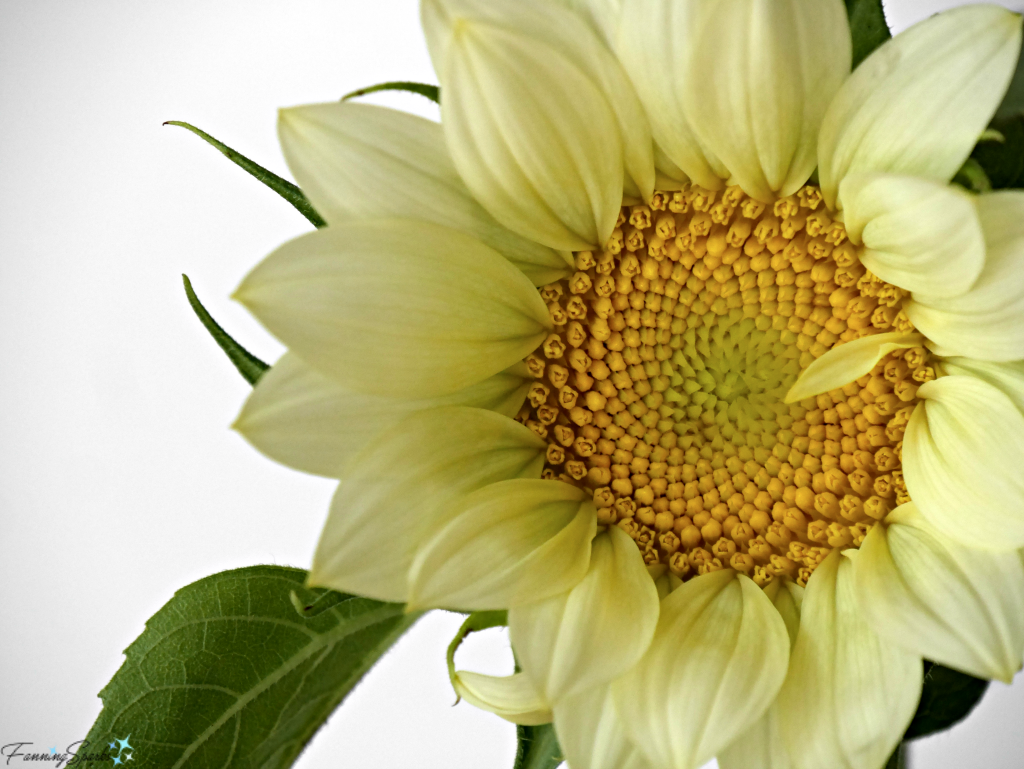
The triangular scales on this pine cone form a familiar geometric pattern.
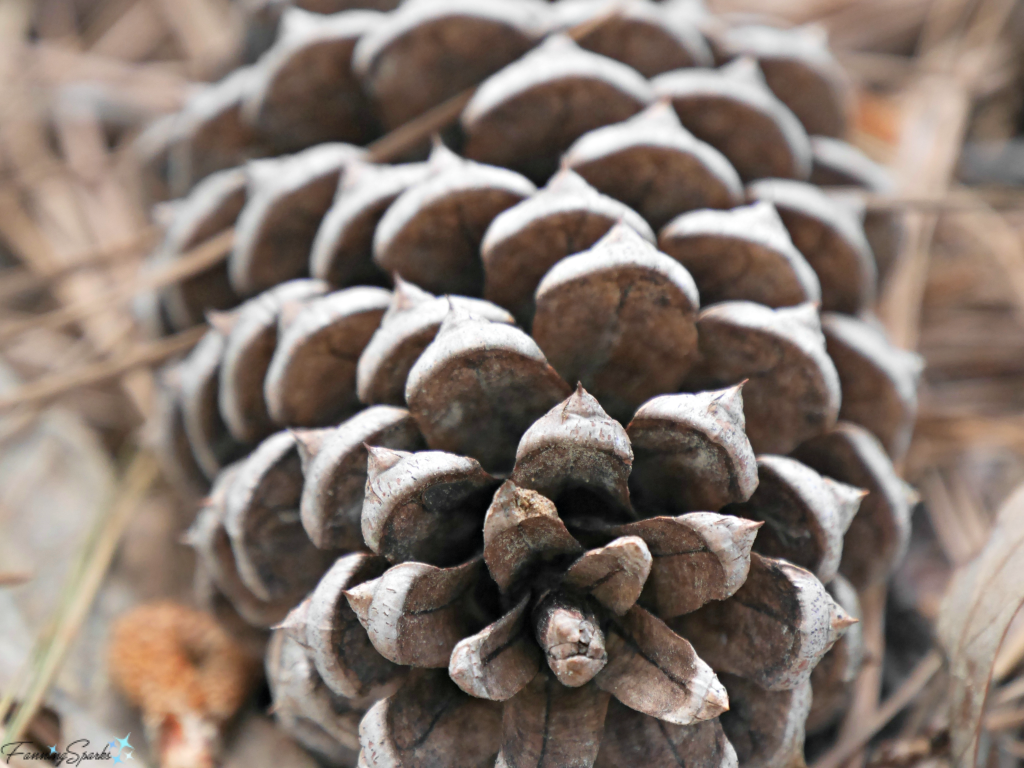
The delicate spiral shape of this fern frond provides another example of a repeating pattern.
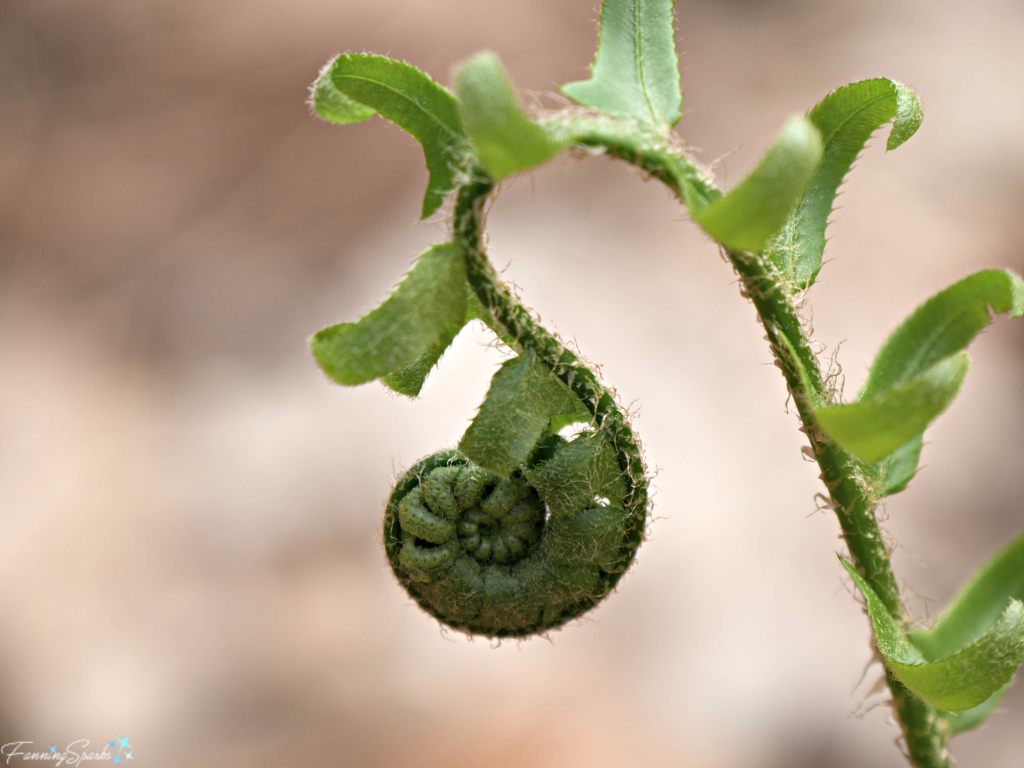
The raindrops on this Lady’s Mantle leaf form an interesting, circular pattern.
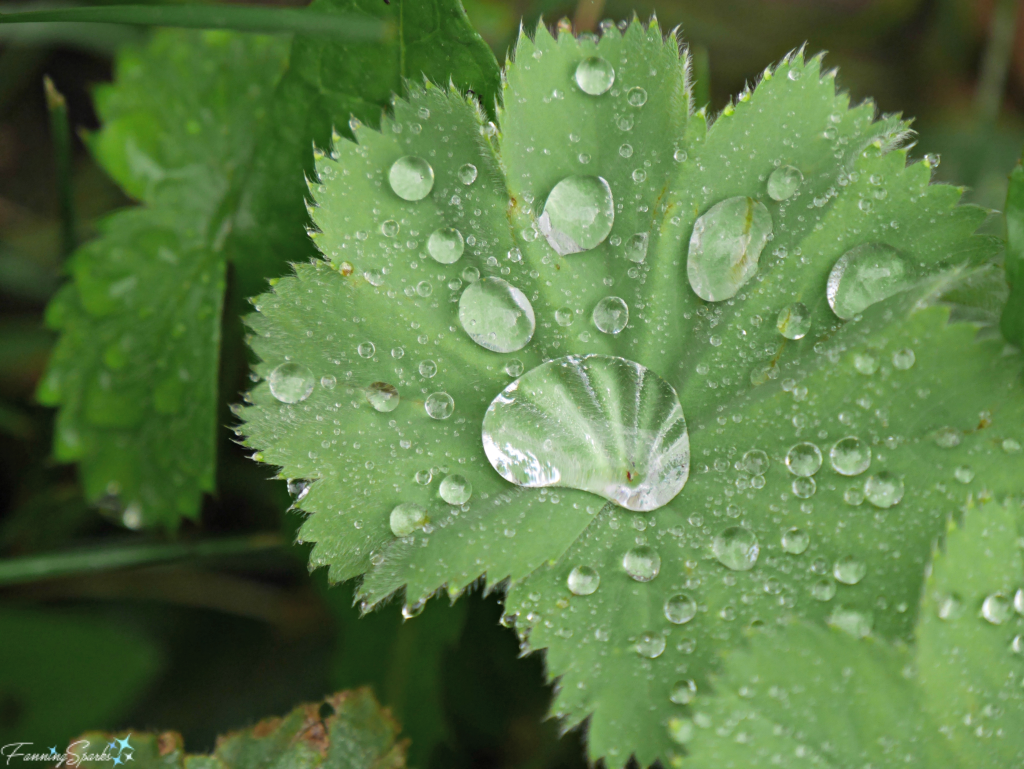
The final pattern category I’d like to include is abstracts. By definition, abstract is non-representational and does not depict a person, place, or thing in the natural world. So it would be difficult to draw upon Mother Nature for examples. But given that we’re simply looking at types of patterns for interior design, I’ll use a looser definition and take the liberty to include these two examples. The below photo is polished granite with the look of movement. This is actually our new kitchen countertop in Viscount White.
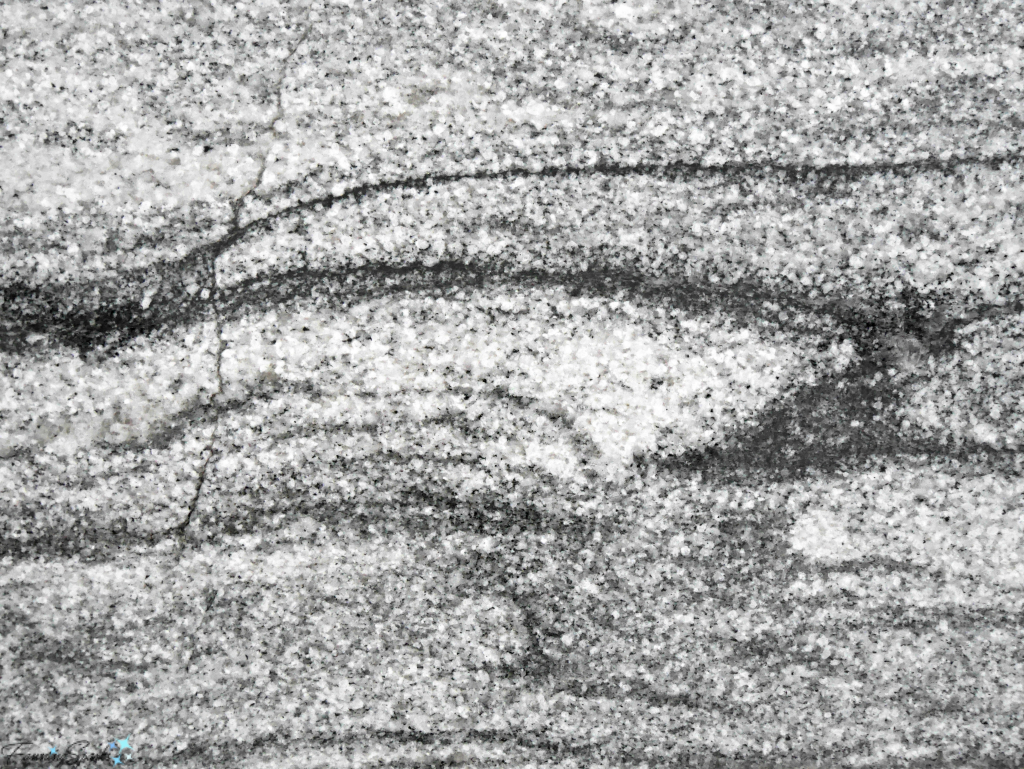
Our final photo is another example of an abstract pattern. It’s actually clouds at sunset but resembles a watercolor.
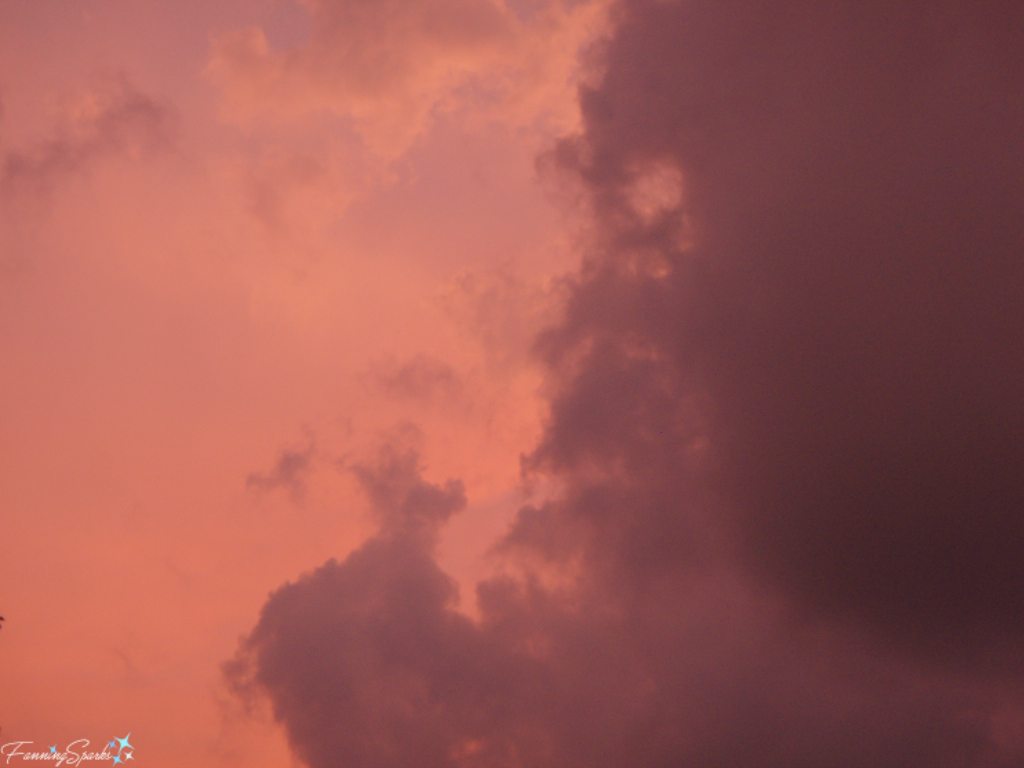
More Info
Color and pattern work together to add life to a room. See the post, Color Palette by Mother Nature, for more information about inspiring color palettes.
Jan 22, 2019 Update: Check out Texture by Mother Nature for even more decorating inspiration from nature.
May 19, 2020 Update: Form by Mother Nature is the latest post in this series.
In addition to color and pattern, there are 5 more interior design elements. They are space, line, forms, light and texture. The Interior Design Academy explains the 7 elements of design must work in harmony to create an aesthetically pleasing interior.
To see more photos and learn about my African safari, see my post on Majestic Lovable Elephants.
I learned an interesting fact about patterns in nature while researching this post. Scientists have found that the endless variations seen in nature can actually be traced back to a few simple themes and rules. For instance, the familiar form of Queen Anne’s Lace, is referred to as a branching pattern with an explosion shape. This pattern illustrates how nature has found the most efficient way to reach all points in a large area while moving the shortest distance. The dense array of florets in the Queen Anne’s Lace flower head attracts the most insects possible.
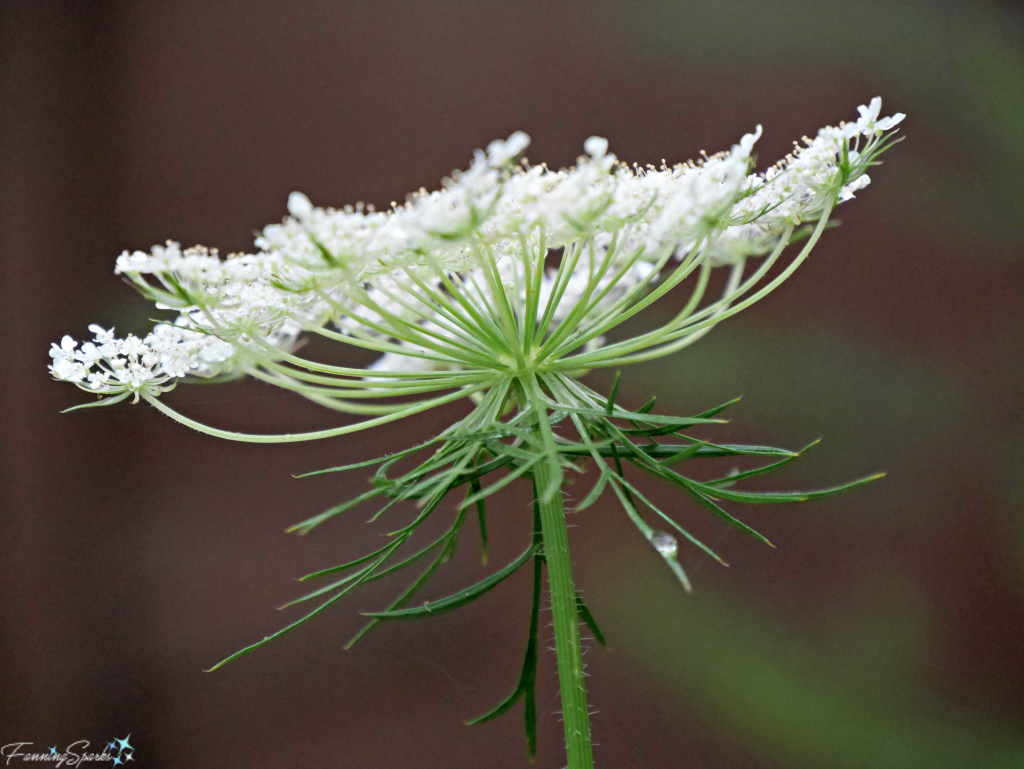
Today’s Takeaways
- Consider broadening your scope and looking at all options before narrowing down to a selection.
- Consult Mother Nature for pattern inspiration. Take time to observe the variety of patterns in nature.
- Use pattern in your surroundings to foster cohesiveness and add interest.


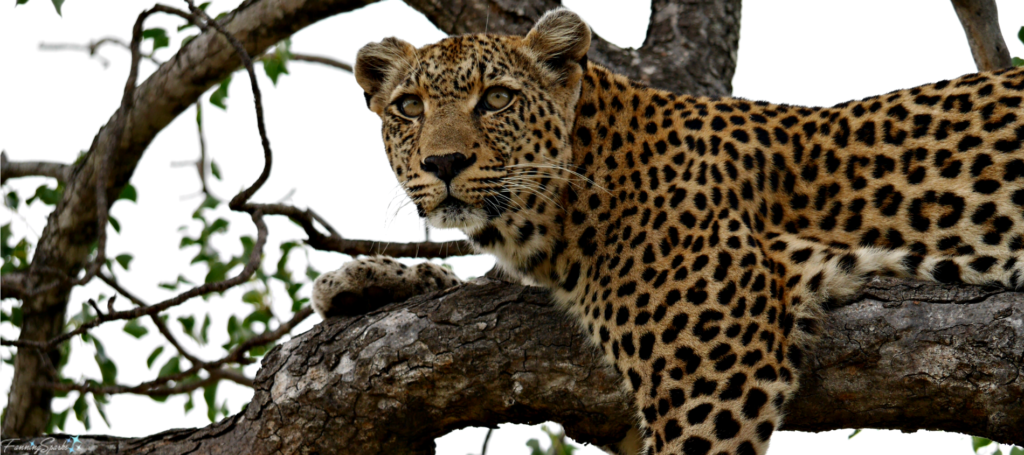


Comments are closed.